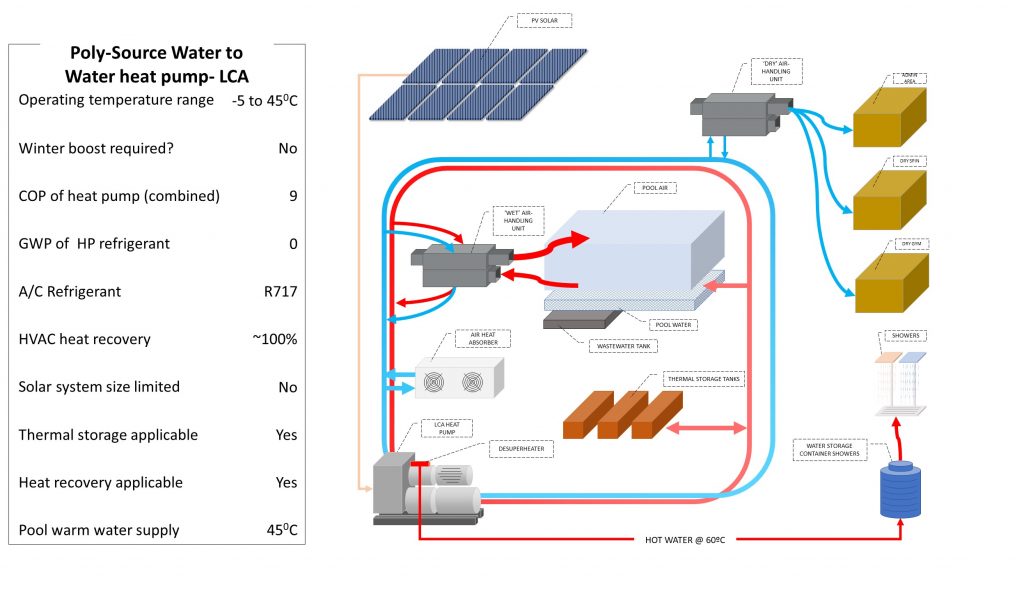POLY-SOURCE ENERGY SYSTEMS
The easiest way to lower your energy costs is to reduce the energy you are consuming!
Reducing the energy usage in a business or council should start with a thorough investigation into how to reduce energy demand in the first place.
SmartConsult will analyse your data and provide options to heat and cool to your requirements. We deploy poly source systems that can produce very high efficiencies:
Poly Source means integrating and controlling different energy sources into one system
 Heat Pumps Cooling and Heating
Heat Pumps Cooling and Heating- Domestic Hot Water
- Thermal Storage
- Solar PV
- Solar PVT
- Secondary Heat Source Harvesting
The Poly Source Systems suit the following types of building structures
- Aquatic Centres
- Commercial buildings
- Data centres (Cold) + Commercial Laundries (Hot)
- Data centres (Cold) + Surf Parks (Hot)
- Cold Stores + Commercial Laundries (Hot)
- Large Industrial Sheds that require cooling + Food Processing Plants
- Each building application can also run separately, just requires a different balance of equipment.
SmartConsult also act as a facilitator between different companies that need heat and those who need cold. These systems are called circular economy opportunities and are usually housed in themed precincts. Circular opportunities save the users around 30-40% in aggregate energy costs when their needs are in synch.
We work with developers like the Queensland Governments EDQ, the Fraser Coast Sustainability Hub and others to balance the energy requirements for an industrial park or standalone development with dual tenants. By integrating energy systems and using the energy in buildings more efficiently with the help of high efficiency heat pumps and heat production and recovery we can reduce total energy costs.
Aquatic Centre Energy Reports
The rise in gas prices in 2018 for councils in Australia resulted in councils revisiting the question:
‘HOW can we reduce the energy consumption of our aquatic centre‘
Aquatic centres using gas as a heat source consume large amounts of energy with corresponding large maintenance bills. There are better alternatives to gas systems and we have been working with councils to evaluate the energy efficiency of these centres and where savings can be made for existing and proposed centres.
We have also been working on some hypothetical ‘ultimate designs’ for aquatic centres with particular reference to the high efficiency aquatic centres that have been developed in Lunen and Bramberg in Germany by the Passivhaus Institute. These centres have been closely monitored since 2013 and the results are clear : we need to rethink the design of these centres, how they are powered and what sort of integration of energy systems can be achieved to drive energy costs down for councils.
It all starts with the data!
SmartConsult has now completed energy system analysis for St Albans aquatic centre (Brimbank Council), Richmond Recreation Centre (City of Yarra), proposed Clyde Aquatic Centre (City of Casey) and a four site review of centres for the Moreland Council. These case studies allow us to put firmer numbers around the energy usage of these centres and give councils clearer reasons to make long term decisions about where they are spending their money if they are aiming to ‘go off gas’ in the future. If you would like a copy of these reports please contact our office.
How a poly-sourced system handles energy
This diagram below shows the change in energy usage when a water heating system (gas) and an air conditioning system are integrated. The gas is fully removed and the integrated system has a lower electrical input. The added benefit is the surplus ‘cold’ produced by the heat pump can also be harnessed to assist with heat recovery and air conditioning.
These are round figures and do not take into account the inefficiencies such as discarding waste cold during winter. But overall, this is how the system handles the energy over a full year and is up to 70% more efficient when the systems are combined. These systems are not a ‘magic bullet’for aquatic centres and should be considered as part of an overall strategy for thermal efficiency, reduced maintenance in the building, thermal storage and optimising solar PV production.



